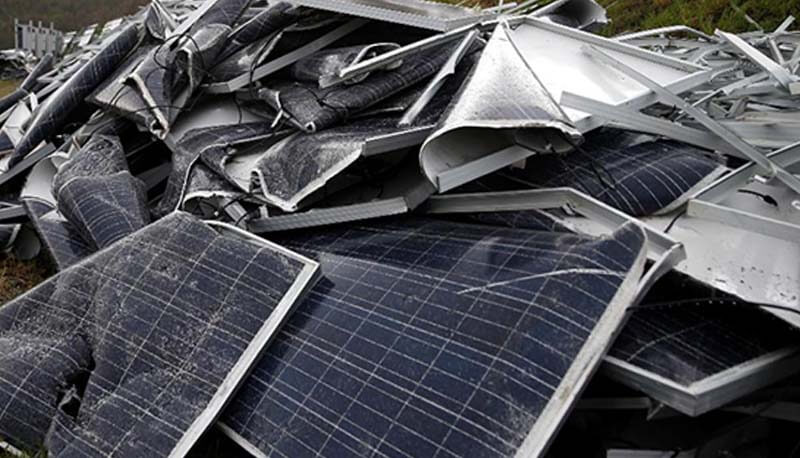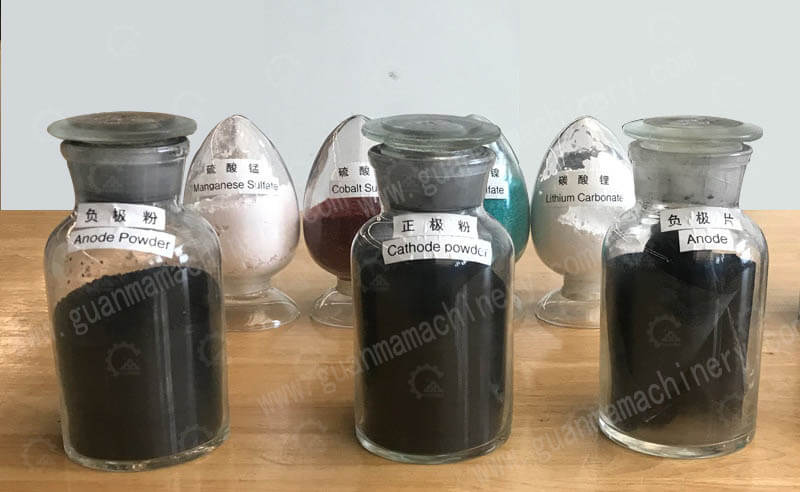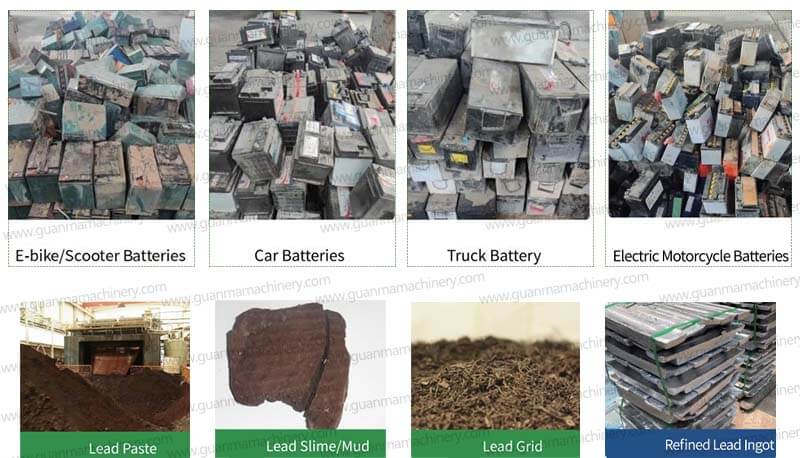In the rapidly evolving world of technology, the demand for lithium-ion batteries has skyrocketed. From smartphones and laptops to electric vehicles, these batteries power our daily lives. However, as the number of used batteries increases, so does the need for responsible disposal methods. This is where lithium battery recycling equipment comes into play. In this article, we’ll explore the various types of batteries that can be processed by such equipment, the costs involved in setting up a recycling facility, and why investing in lithium battery recycling is not only environmentally friendly but also economically viable.
Understanding Lithium Battery Recycling Equipment
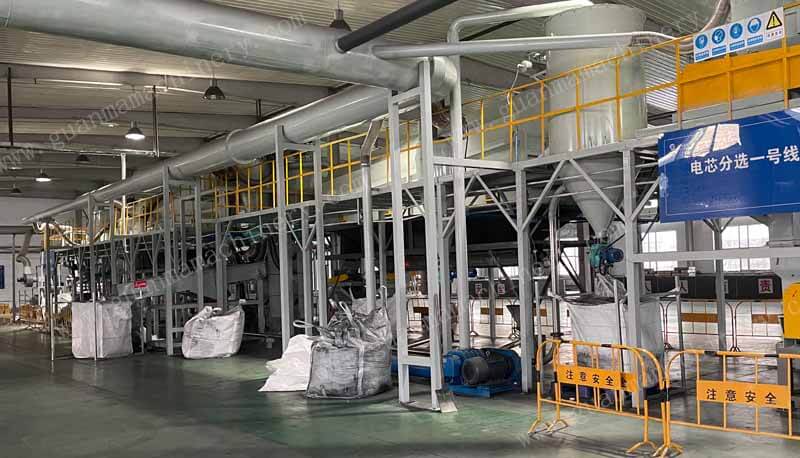
Lithium battery recycling equipment is designed to extract valuable materials from spent lithium-ion batteries, including cobalt, nickel, lithium, and manganese. These materials are crucial components in the manufacturing of new batteries, making the recycling process not only sustainable but also cost-effective. The equipment typically includes shredding machines, separators, and purification systems that ensure the safe and efficient recovery of these materials.
Types of Batteries Processed
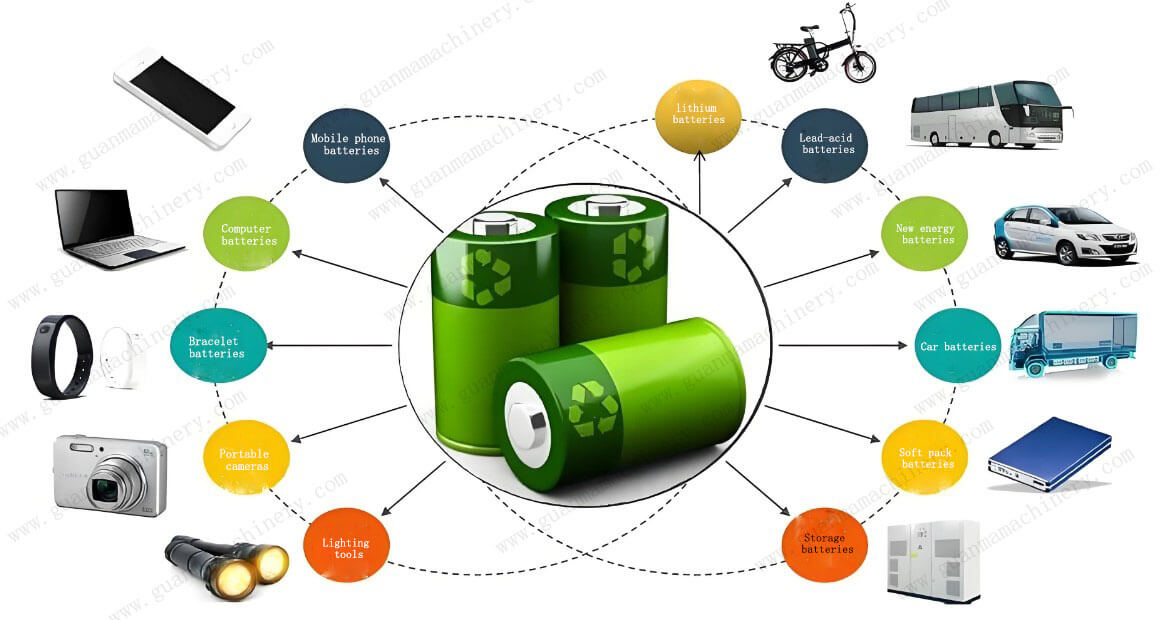
Smartphone Batteries: Mobile devices, such as smartphones, use small lithium-ion batteries that are packed with energy density. These batteries can be efficiently recycled using specialized machinery.
Automotive Batteries: Electric and hybrid vehicles rely on larger lithium-ion battery packs. These batteries are often more complex to recycle due to their size and the higher quantities of materials they contain.
Laptop Batteries: Similar to smartphone batteries, laptop batteries are lithium-ion based and can be effectively processed through recycling equipment.
Portable Power Banks: Portable chargers or power banks have become ubiquitous, providing additional charging capacity for mobile devices. These too can be recycled, contributing to the circular economy.
Costs Involved in Setting Up a Lithium Battery Recycling Plant
Establishing a lithium battery recycling plant involves several costs, including the initial investment in equipment, operational expenses, and regulatory compliance fees. Here’s a breakdown:
Equipment Cost: The cost of purchasing and installing the necessary machinery can range widely depending on the scale of the operation.
Facility Setup: Renting or building a suitable facility to house the equipment is another significant expense.
Labor: Skilled technicians and operators are required to run the recycling processes.
Environmental Compliance: Meeting local and national regulations regarding waste management and emissions control adds to the overall cost.
Despite these upfront costs, the long-term benefits of lithium battery recycling—both environmental and economic—are substantial.
Economic and Environmental Benefits
Recycling lithium-ion batteries not only reduces the environmental impact of discarded batteries but also creates a secondary market for valuable metals. As the demand for these materials grows, so does the potential for profit. Additionally, governments around the world are increasingly supporting recycling initiatives through subsidies and incentives, further enhancing the financial viability of such operations.
Investing in lithium battery recycling equipment is a forward-thinking strategy that aligns with global sustainability goals while offering a promising return on investment. Whether you’re looking to start a new venture or expand your existing business, recycling lithium-ion batteries from phones, computers, and electric vehicles presents a unique opportunity. By exploring the potential of this growing industry, you can make a positive impact on both the environment and your bottom line.


